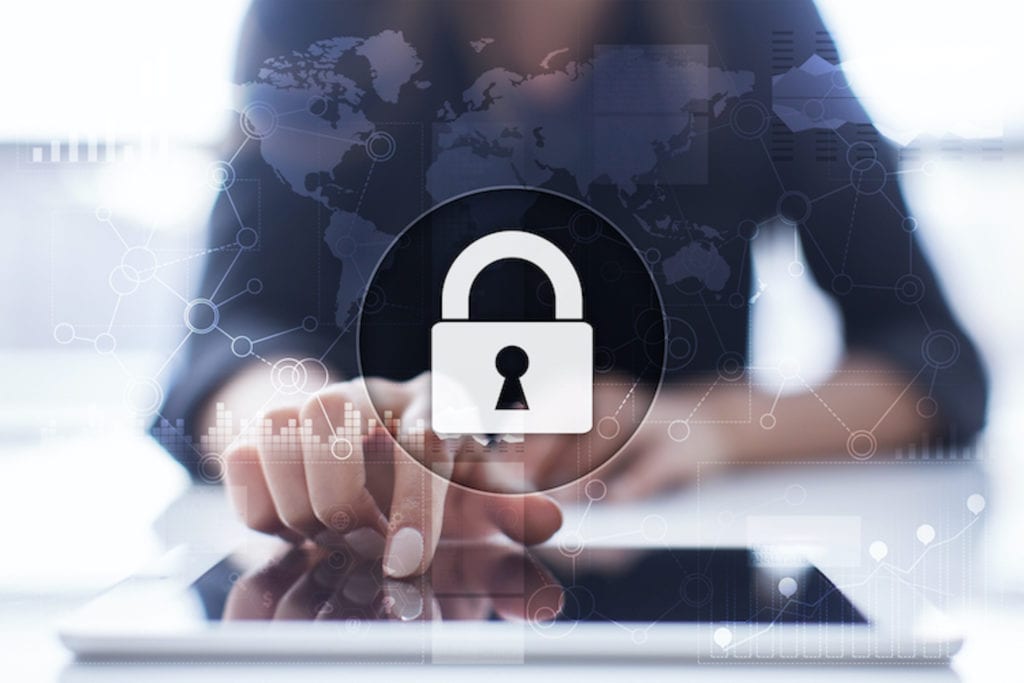
One of the lasting impacts of the COVID-19 pandemic is going to be more remote workers. Most companies were forced into using remote teams during state lockdowns, and even post-pandemic, they plan to keep more workers telecommuting from home.
74% of surveyed companies say they plan to keep some employees permanently working from home after the pandemic is over.
One of the biggest challenges with a remote workforce is how to protect your business network when it’s no longer all under one roof. When you have employees connecting from multiple locations and on many different types of home routers, it significantly increases the risk of a data breach.
Another risk factor for a Chicago company’s cybersecurity is that remote connections are being made to company assets both onsite and in cloud platforms.
That adds more connection points that have to be secured, along with all those employee devices.
Creating a Smart Remote Cybersecurity Strategy
Companies have to face all types of security threats from coronavirus phishing scams to attacks on account credentials. These problems become amplified when your network is spread out over multiple employee homes.
A little over 1 in 3 organizations have suffered a security incident due to a remote worker. But with the proper safeguards in place that doesn’t have to be the case with your business.
Here are several ways to fortify your cybersecurity strategy to keep your business network safe when you use remote employees.
Put a Business VPN in Place
A virtual private network (VPN) is a must when you can’t control the security of the Wi-Fi network employees are connecting through. Residential routers typically are less secure than business routers, making them easier targets for hackers.
A VPN will encrypt the employee’s data when connected online by providing a secure layer between their device and the internet.
VPN’s also provide important device access data, so companies can monitor for any suspicious activity when it comes to connecting to their assets.
Use Multi-Factor Authentication for All Logins
Credential compromise is used in 77% of cloud asset data breaches. Nearly all account hacks using stolen logins can be stopped by having employees use multi-factor authentication (MFA).
MFA is effective because most hackers can’t get past the second login requirement, which is to enter a code sent to an employee device.
With so much reliance on the cloud for business continuity and keeping remote teams connected, securing those accounts using MFA is vital.
Use Whitelisting for Remote Server Connections
When you enable remote connections for an on-premises server, it can leave open a door for hackers to breach your network and data.
You can put a tight lock on remote security by using whitelisting for connections. This means that instead of allowing anyone with the right username/password combination to connect, you designate certain employee IP addresses that are allowed to connect.
Anyone connecting from an IP address not on the list (like a hacker), is automatically denied.
Enable Managed IT Security for Employee Devices
Whether an employee’s computer is sitting on a desk inside your office or sitting on a desk in their home, it needs the same types of protections to ensure your business data and network are safe.
By using managed IT security for employee devices, you can ensure standard best practices for cybersecurity are in place for all at-home workers, such as:
- Updates and security patches being applied
- Antivirus and anti-malware protection
- Web protection/DNS filtering
- Proactive monitoring for any potential issues
Use a Cloud Access Security Broker (CASB)
A CASB, like Microsoft Cloud App Security, is another safeguard that allows you to better protect your network. Today’s workflows are heavily reliant on the cloud, but not all cloud providers offer the same security for remote logins.
A cloud access security broker allows you to standardize the security of all your cloud assets and put important safeguard in place, such as:
- Monitoring which devices are connecting to you cloud accounts
- Remotely grant or revoke device access
- Apply consistent security & data protection policies across all apps
- Evaluate cloud apps for security risk before using them
- See which apps get the most use by employees and when
Use an All-Encompassing Cloud Backup/Recovery Tool
In the “old days,” data used to reside on a few computers, all contained in the same office. Today, business data can be located in on-premises office equipment, multiple remote worker devices, and multiple cloud applications.
Data loss can be devastating for a business, which is why it’s vital to use an all-encompassing backup and recovery tool. What this means is using a cloud solution that will back up data on all computers and mobile devices used for work, backup data from on-premises servers, and backup data stored in cloud platforms (like Microsoft 365).
This ensures that no matter where your data may be located, it’s being stored all in one place and is retrievable when you need it.
Is Your Network Security Prepared for a Remote Workforce?
ProdigyTeks can help your Chicago business ensure that your business network protections are ready for the remote working world of 2020 and beyond.
Schedule a free phone consultation today to discuss your network security! Call 312-600-8357 or reach us online.



Leave a Reply